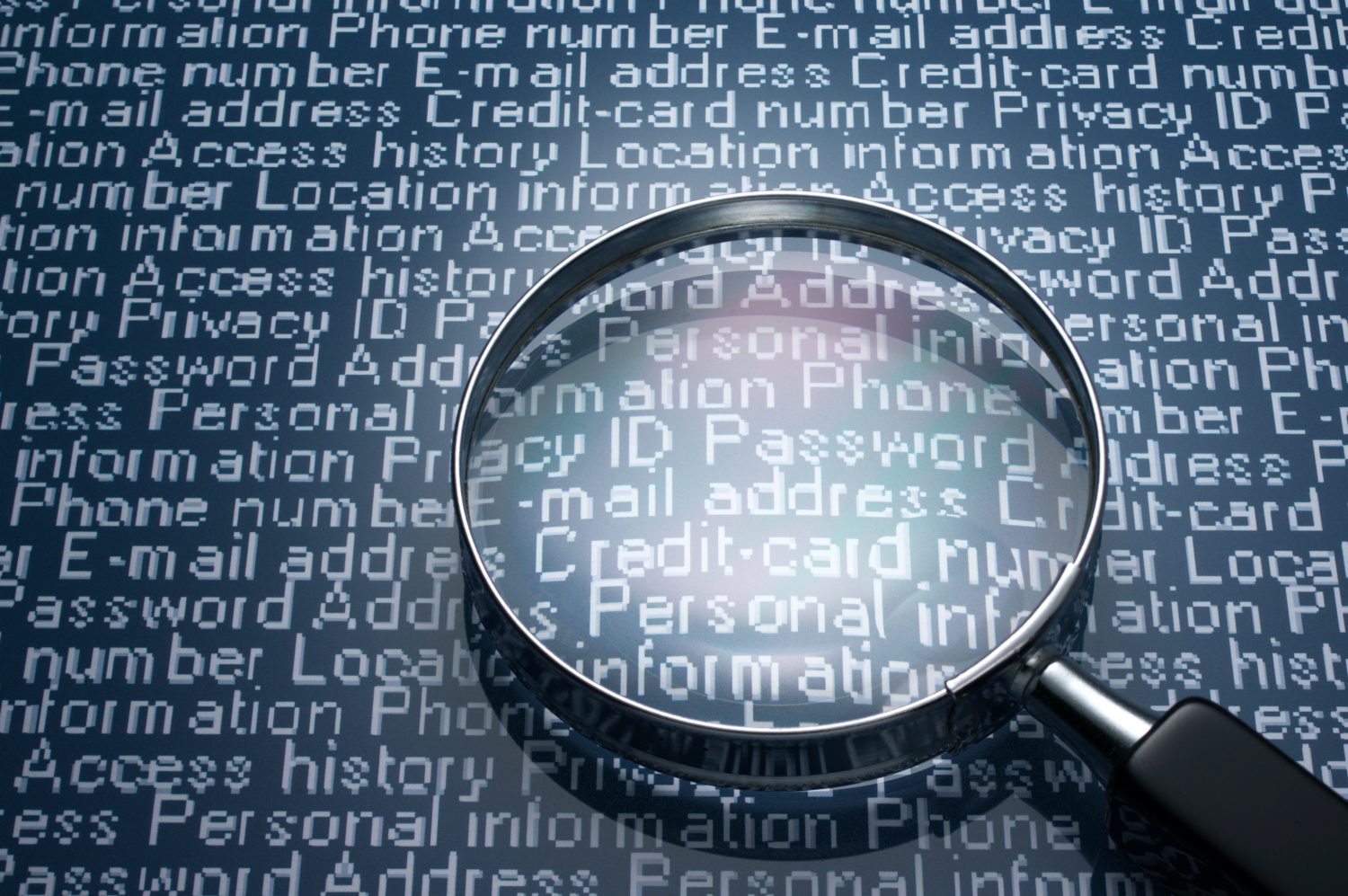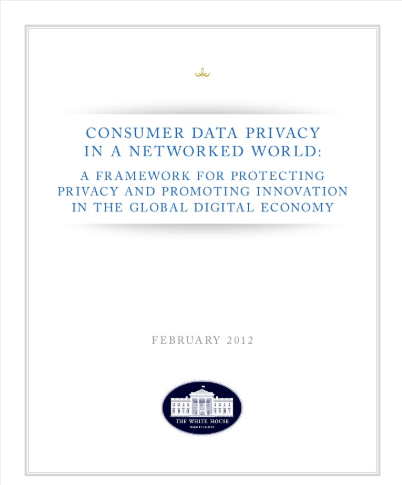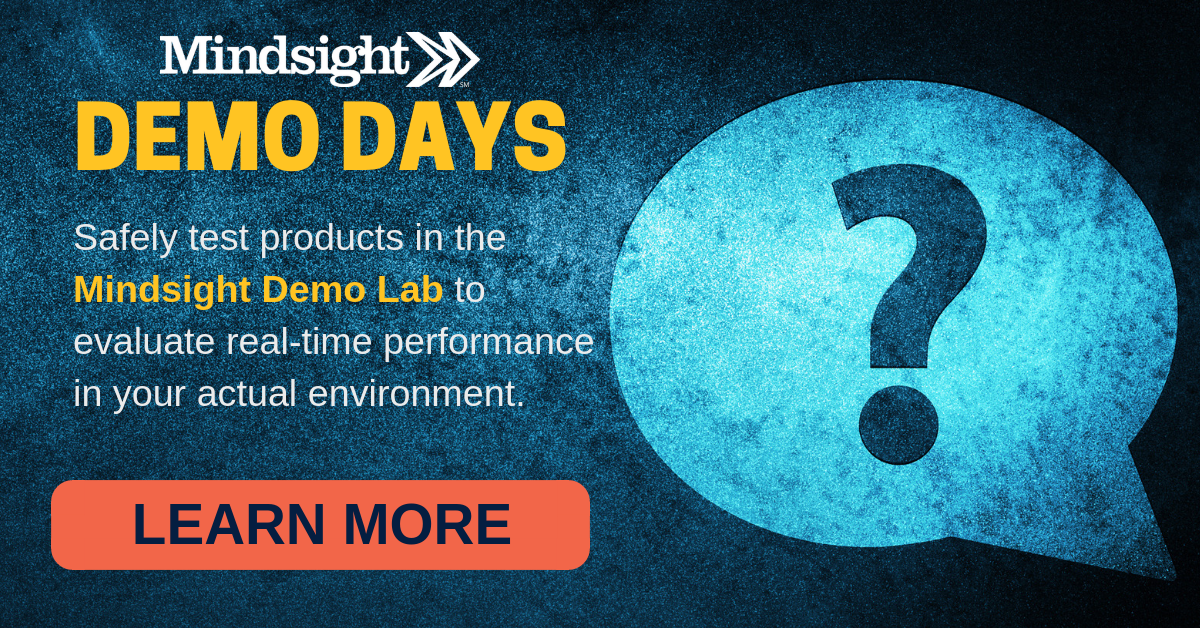October 22, 2019 by Siobhan Climer
Metrics are the key for contact center management and customer experience leaders in identifying and reporting on overall performance.
Here are just a couple:
- First Contact Resolution
- First Call Resolution
- Cost Per Contact
- Service Level Agreement (SLA)
- Abandoned Call Rate
- Average Speed to Answer (ASA)
- Average Wait Time
- Self-Service Usage
- Average Handle Time (AHT)
- Average Call Transfer Time
- Customer Satisfaction Score (C-Sat)
- Call Wrap-Up Time
- Forecast Accuracy
- Agent Attrition
- Agent Absenteeism
And that’s just a *few* of the metrics call center management reports on. As the rise of “Big Data” has both increased access to and expectations of analytics, those responsible for improving overall contact center performance are tasked with identifying new trends, new metrics, and new reporting techniques that deliver results.
Is It Too Much Data?
Contact center leaders need to gather a lot of data to provide these metrics; in fact, today’s contact centers are “leveraging customer data to deliver a personalized customer experience” and unleashing “the data in your [the] contact center to achieve enterprisewide customer experience excellence” right and left, here, there, and everywhere.
 These headlines are not incorrect or misleading. Using data to improve the customer experience is key – don’t get us wrong! However, there is a risk in holding onto customer data. For one thing, too often contact centers – and businesses in every industry – are overwhelmed by the quantity of data and unable to identify true trends.
These headlines are not incorrect or misleading. Using data to improve the customer experience is key – don’t get us wrong! However, there is a risk in holding onto customer data. For one thing, too often contact centers – and businesses in every industry – are overwhelmed by the quantity of data and unable to identify true trends.
Or worse, unused or superfluous data becomes the target of a breach. Over 73% of company data goes unused, according to Forrester. For those weighing value and risk, this calculation is central to determining which data is important to improving overall contact center performance.
Sadly, even the right data can be used to make the wrong conclusions, and that may be to the detriment of the contact center and business.
A Legal Need to Dispose of Data
Back in 2012, the White House provided guidance around how companies can best comply with data collection legislation:
“Companies should securely dispose of or de-identify personal data once they no longer need it, unless they are under a legal obligation to do otherwise.”
As recently as this past January, the National Conference of State Legislatures gathered and created a compendium of how individual state-by-state laws impact and cover the multitude of data disposal methodologies. Regulations, like HIPAA and FERPA, already provide a federal level of data governance to which businesses must adhere.
The Risk Of Big Data
Contact centers and call centers, unfortunately, drift into gray realms swirling with all kinds of data, from personal health information (PHI) to credit card and social security numbers. To add on to this, contact centers typically record calls for quality management and training purposes.
 All of that data goes somewhere, and while some of it may be used to inform the many metrics listed above, much is stored away, an untapped wealth and potential risk.
All of that data goes somewhere, and while some of it may be used to inform the many metrics listed above, much is stored away, an untapped wealth and potential risk.
Consider this: in this first six months of 2019, over 4.1 billion sensitive records were exposed in data breaches. The data stored away, unused, is at best a waste of data storage space, raising costs. At worst, it increases the likelihood your business will be the subject of a cyberattack. Whether an innocent breach or targeted phishing, a data breach could put you out of business.
Data Governance, Analytics, And Security In The Contact Center
To protect the contact center from the risks of data overload, contact center leaders and IT management need to work together to identify how data is gathered, how it is processed and stored, and ensure the security of customer data, especially that which is sensitive in nature.
Data Governance
To protect both consumers and the contact center, it is key you have visibility into the data you are collecting, how it is used, who is using it and why. By developing clear, comprehensive data governance policies around the data you are collecting, the contact center will have more control overall – and be able to generate more valuable insights.
Analytics
 Analytics are key to decreasing agent attrition and increasing business intelligence. To do this, contact center leadership must make identifying valuable insights and the data that deliver them a key priority. Using call reporting and contact center platforms that power near real-time analytics, call center leaders will provide better workforce management and contact center performance.
Analytics are key to decreasing agent attrition and increasing business intelligence. To do this, contact center leadership must make identifying valuable insights and the data that deliver them a key priority. Using call reporting and contact center platforms that power near real-time analytics, call center leaders will provide better workforce management and contact center performance.
Cybersecurity And Data Protection
As the front lines of data recording, collection, and privacy, contact centers hold the keys to customer data security for the business. Those keys come with a great deal of responsibility. Finding a contact center platform and partner that values the security of the data you do collect – and that which you would like to dispose – is vital to ensuring business continuity.
Managing Data Overload With Technology
Contact center platforms and managed communications can help you successfully manage the high intake of data with analytics-based insights that power performance.
Whether you prefer to work on-premise or in the cloud, Mindsight’s contact center technologies, powered by Cisco and Genesys, can help you deliver a superior customer experience without increasing risk.
Talk with our experts about how a contact center roadmap can help you identify key data, decrease risk, and improve overall performance.
Find out first-hand how Mindsight’s contact center platforms improve analytics and efficiency. Our team can provide you a demo of a number of platforms.
Like what you read?
About Mindsight
Mindsight, a Chicago IT services provider, is an extension of your team. Our culture is built on transparency and trust, and our team is made up of extraordinary people – the kinds of people you would hire. We have one of the largest expert-level engineering teams delivering the full spectrum of IT services and solutions, from cloud to infrastructure, collaboration to contact center. Our customers rely on our thought leadership, responsiveness, and dedication to solving their toughest technology challenges.
Contact us at GoMindsight.com.
About The Authors
John Irey is a Principal Consultant at Mindsight, an IT Services and Consulting firm located in the Chicago area. With nearly 20 years of experience in information technology, John has helped businesses of every size optimize the technology powering the contact center. He has extensive experience with contact center technologies and seeks to provide a consultative voice to contact center leaders, who rely on Mindsight’s transparency to make the best technology investments. John earned his BA/BS in Information Systems and continues to focus on how emerging technology, such as machine learning and artificial intelligence, impact the contact center. John enjoys spending his free time with his wife and two young children.
Kleid Gjataj is the Principal Solutions Architect at Mindsight, an IT Services and Consulting firm located in the Chicago area. With nearly 15 years of experience in both domestic and international consulting, Kleid has helped contact centers of all sizes to bridge the gap between business and technology. His extensive experience with IVR, ACD, screen pop, omnichannel, speech analytics, quality management, outbound dialer, and custom applications is grounded in understanding the critical value of the customer journey. Kleid earned his degree in Network and Communications Management and continues to focus on how contact center optimization helps businesses meet goals, increase efficiencies, and reduce costs.
Siobhan Climer, Science and Technology Writer for Mindsight, writes about technology trends in education, healthcare, and business. She writes extensively about cybersecurity, disaster recovery, cloud services, backups, data storage, network infrastructure, and the contact center. When she’s not writing tech, she’s reading and writing fantasy, gardening, and exploring the world with her twin daughters. Find her on twitter @techtalksio.



